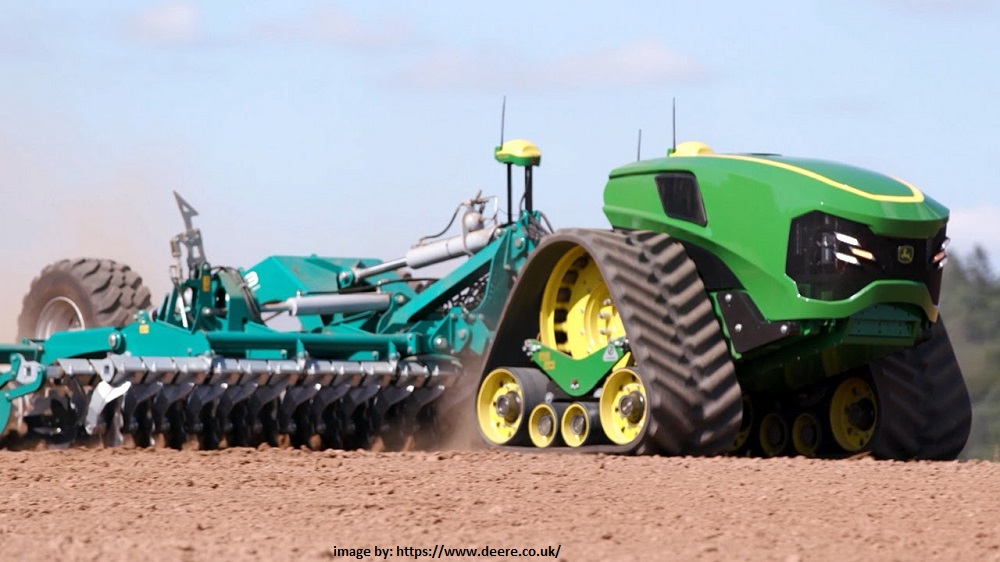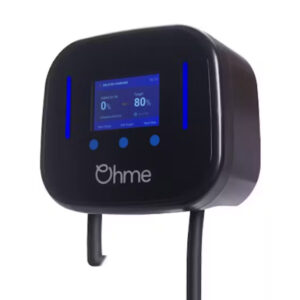John Deere a 200-year agricultural machinery company pioneered self-driving vehicle technology over 20 years ago, well before Google or Uber were even around.
And in 2008, they launched their ITEC Pro guidance product, an automated system based on global positioning technology which automates vehicle functions including end turns.
Rather than the use of lasers, the tractor used two 6-inch dome antennas that receive signals from a global positioning satellite. Based on these satellite signals, the tractor followed a previously programmed route via an electronic map.
Since they’ve developed a high-performance, autonomous, and fully electric tractor. The electric cable-powered agricultural machine is known as GridCON.
Featuring no cab, and no rows of batteries underneath the bonnet, the GridCON is a fully electric, permanently cable-powered vehicle with full autonomous capabilities.
The machine utilizes a cable connection from the field border to the machine, which transfers power continuously at over 300kW. A 100kW electric motor powers the continuously variable transmission, and there is an additional outlet for implements powered by a 200kW electric motor.
Think about it. Today John Deere could be the market leaders in self driving vehicle technology, and not just tractors.
Although, it’s unlikely John Deere had the financial resources or technical knowledge to do it all themselves back in the day, but they certainly could have partnered with someone to make it happen.
Imagine, their self-driving technology could have led to partnerships with all the leading electric car manufacturers, let alone tech companies like Google or China’s Baidu.
A partnership with Tesla could have led to them pioneering electric tractors much earlier than when they entered the market 2016, as Tesla’s first electric car was launched in 2008.
It could even have led to global agricultural electric vehicle charger installation division, who’d travel the world installing electric chargers on farms and ranches for their agricultural vehicles.


